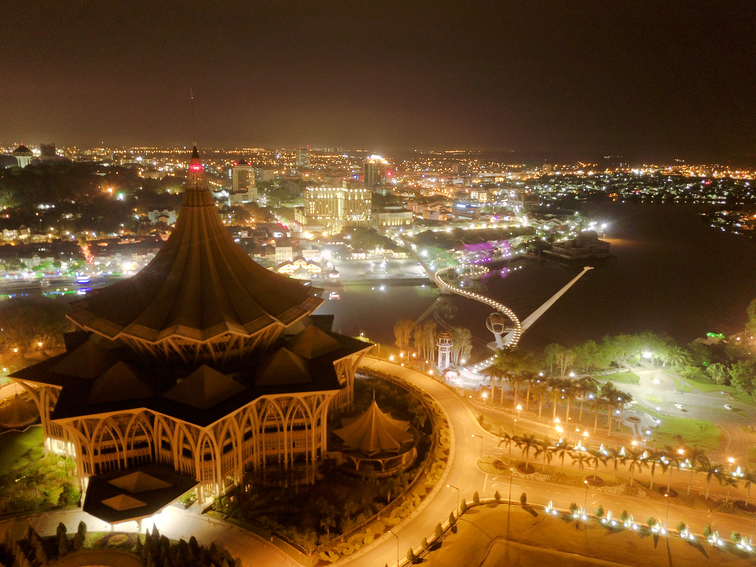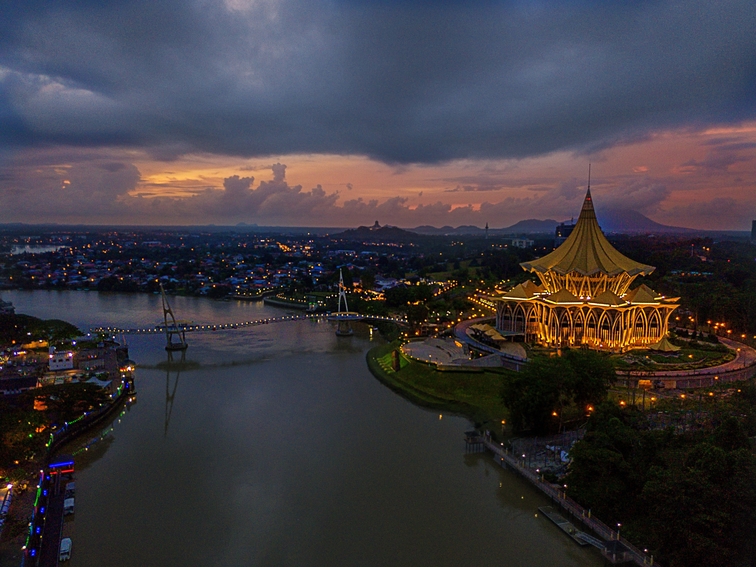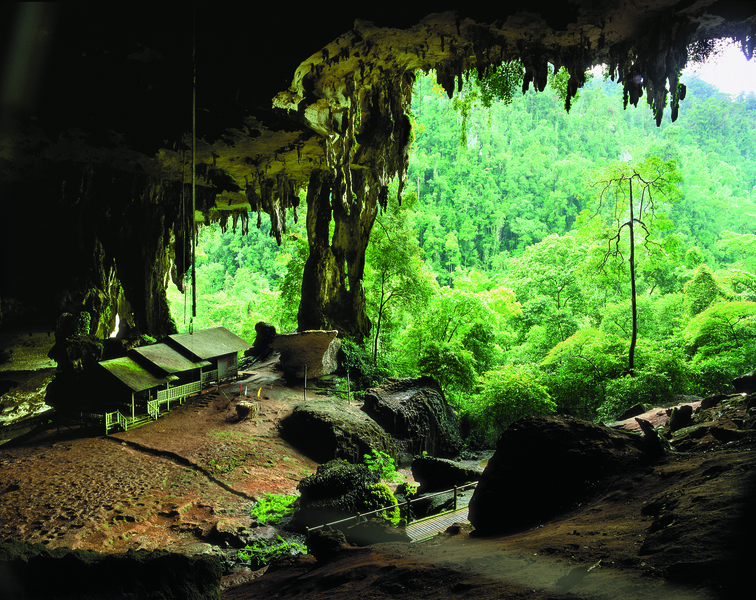About Association of Asia Pacific Physical Societies
The Association of Asia Pacific Physical Societies(AAPPS) is an organization having as its members the Physical Societies/Institutes in the region. It is devoted to the promotion of research, teaching and regional collaboration in physics.The Association was founded in 1990 at Seoul, Korea when the Fourth Asia Pacific Physics Conference was held. Since then the series of the Asia Pacific Physics Conference (APPC) has been the Conference organized by the AAPPS. The next conference will be held in Kuching, Malaysia in November 2019.
TheAAPPS Bulletin is the official publication of the Association, and carries both news items and review articles. Its online version is available from here.
Currently AAPPS has three divisions, namely, DPP (plasma physics), DACG, and DNP (nuclear physics).
About DACG
In the past two decades or so, there have been active activities in astrophysics, cosmology and gravitation in the Asia Pacific region. The main activities are International Conference on Gravitation, Astrophysics and Cosmology (ICGAC), Symposium on Cosmology and Particle Astrophysics (CosPA) and Asia Pacific School/Workshop on Gravitation and Cosmology (AP School on GC). The key members of ICGAC, CosPA and AP School on GC agreed to form the Division of Astrophysics, Cosmology and Gravitation (DACG). The main motivation for DACG formation is to coordinate many programs, promote collaborations, and exchange information about activities.For that purpose, the main organizers of these activities were invited to form and also to recommend the representatives from their societies for the Executive Committee for DACG. Instead of subdivision for each topic, representatives*) from main societies have suggested for the Executive Committee: Chinese Physical Society in Beijing, Japan Physical Society, Korean Physical Society, Physical Society in Taipei, and Australian Institute of Physics-New Zealand Institute of Physics as the founding societies.
*)Here the "representatives" do not necessarily mean that they are officially approved by the member society to which they belong, but they may be representatives of relevant communities associated with the member society.
Forthcoming events
- AAPPS-DACG Workshop on Astrophysics, Cosmology and Gravitation, Online, November 9 - 13, 2020
- APPC DACG session & CosPA2019
- Gravitational Wave Physics and Astronomy Workshop: GWPAW 2019
- CosPA2018 International Symposium on Cosmology and Particle Astrophysics, Yangzhou, China, November 19--23, 2018
- Second international workshop "Particles, Gravitation, and the Universe" (PGU 2018) Ha Noi, Vietnam, December 10-15, 2018
- KEK-APCosPA International School KEK-Cosmo 2019 "Primordial Black Hole" Tsukuba, Japan, January 22--24, 2019.
Past events
Contact us
DACG secretariatc/o Kunihito Ioka
Yukawa Institute for Theoretical Physics
Kyoto University
Email: dacg_aapps_AT_resceu.s.u-tokyo.ac.jp








